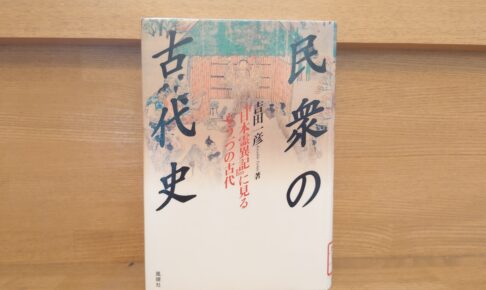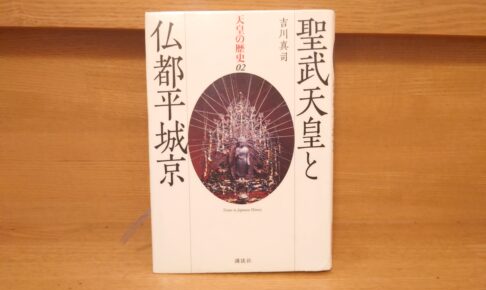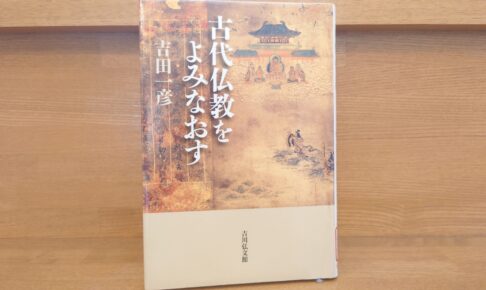Kazuhiko Yoshida, "Ancient History of the People" - Recommended for understanding ancient Buddhism and people's lives as seen through "Nihon ryoiki"!
This work is based on the "Nihon ryoiki" written by the Nara period monk Keikai, and looks at the lives of the people of that time.
This book reveals that Buddhist beliefs had already taken root among the people as early as the Nara period (710-794). We will also learn what kind of faith it was. This book also makes us think about what kind of salvation the people, not the aristocrats and monks, were seeking from Buddhism.
It was a very gratifying work for me to think about Japanese Buddhism. I highly recommend this work.







































